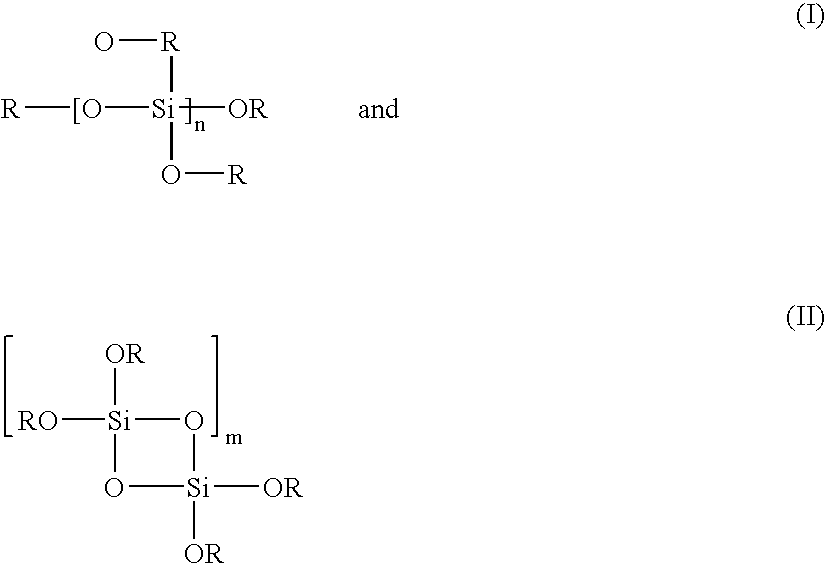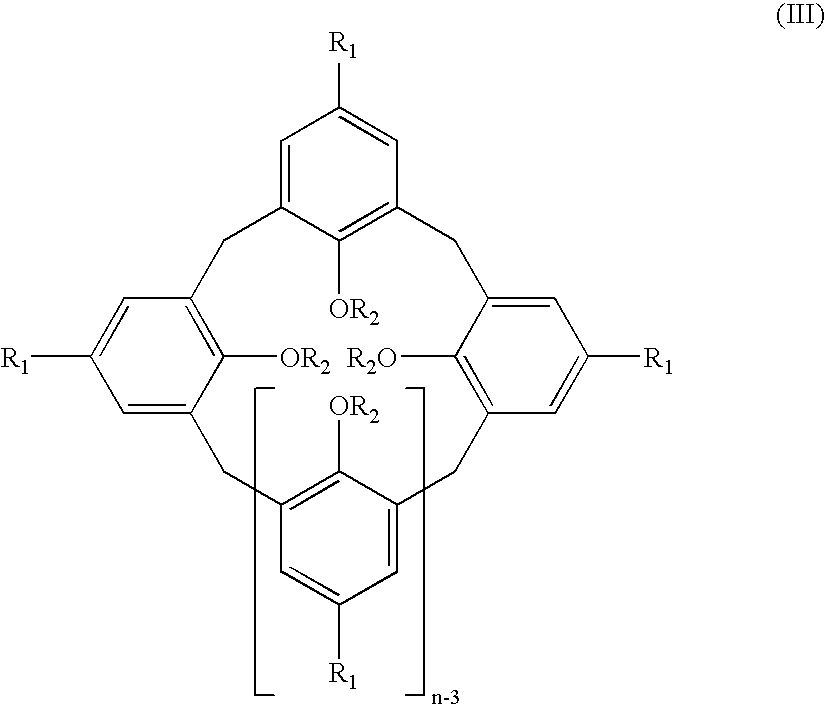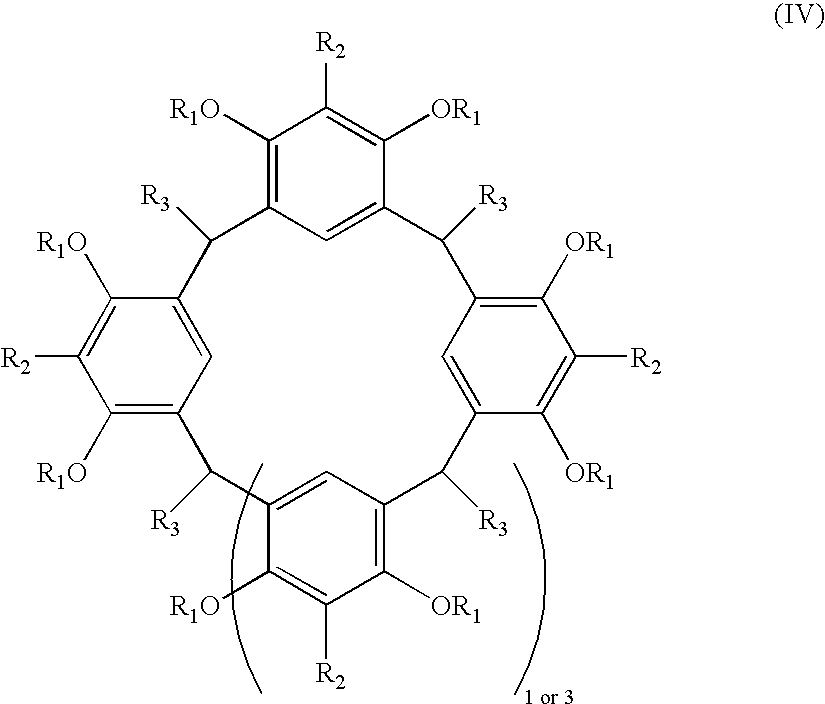Use of ortho-phenylphenol and/or derivatives thereof for inhibiting the asexual reproduction of fungi
a technology of orthophenylphenol and derivatives, which is applied in the field of use of orthophenylphenol and/or derivatives thereof to inhibit the asexual reproduction of fungi, can solve the problems of inability to meet the needs of a large number of people, the risk of asexual reproduction is increased, and the biocides are moreover not always environmentally and toxicologically harmless, so as to reduce the risk of mold fungus allergy, no undesired side effects, and the risk of mold
- Summary
- Abstract
- Description
- Claims
- Application Information
AI Technical Summary
Benefits of technology
Problems solved by technology
Method used
Image
Examples
example 2
Effect of Ortho-Phenylphenol / Silicic Acid Ester (OPP / SAE) on Sporulation of Aspergillus niger
[0203] The surfaces of wort agar plates were each contaminated with 100 μl of a germ suspension (103 CFU / ml) of Aspergillus niger (DSM1988). Different quantities of active substance (solutions in ethanol, see table for final concentrations) had previously been added to the agar plates. The plates were incubated for 3 days at 25° C. Sporulation was assessed visually, and the sporulation rate (in %) was determined. The concentrations of active substance that were used did not prevent growth of the test strain.
TABLE 3Ortho-phenylphenol / silicic acid esterOPP / SEA concentration [%]00.000010.000050.00010.00050.0010.0050.01Sporulation [%]100959595502500
[0204] Sporulation was inhibited with increasing concentrations, and completely suppressed at a utilization concentration of 0.005 wt %.
example 3
[0205]
IngredientsQuantityMethylhydroxyethyl cellulose (300 m · Pas in 2% aqueous500 g solution, methoxyl content 26%)PVAcetate redispersion powder350 g Kaolin60 gCellulose powder50 gAddition product of 6 mol ethylene oxide and 1 mol10 gnonylphenolCommercially available preservative (based on isothiazoline 8 gderivative)Ortho-phenylphenol0.1 g
example 4
[0206]
IngredientsQuantityMethylhydroxyethyl cellulose (5000 m · Pas in 2% aqueous680 gsolution, methoxyl content 19%)Carboxylmethyl starch (DS 0.22)300 gAddition product of 4 mol ethylene oxide and 1 mol fatty 15 galcoholCommercially available preservative (based on isothiazoline 10 gderivative)Ortho-phenylphenol 0.1 g
PUM
| Property | Measurement | Unit |
|---|---|---|
| Fraction | aaaaa | aaaaa |
| Fraction | aaaaa | aaaaa |
| Fraction | aaaaa | aaaaa |
Abstract
Description
Claims
Application Information
 Login to View More
Login to View More - R&D
- Intellectual Property
- Life Sciences
- Materials
- Tech Scout
- Unparalleled Data Quality
- Higher Quality Content
- 60% Fewer Hallucinations
Browse by: Latest US Patents, China's latest patents, Technical Efficacy Thesaurus, Application Domain, Technology Topic, Popular Technical Reports.
© 2025 PatSnap. All rights reserved.Legal|Privacy policy|Modern Slavery Act Transparency Statement|Sitemap|About US| Contact US: help@patsnap.com



